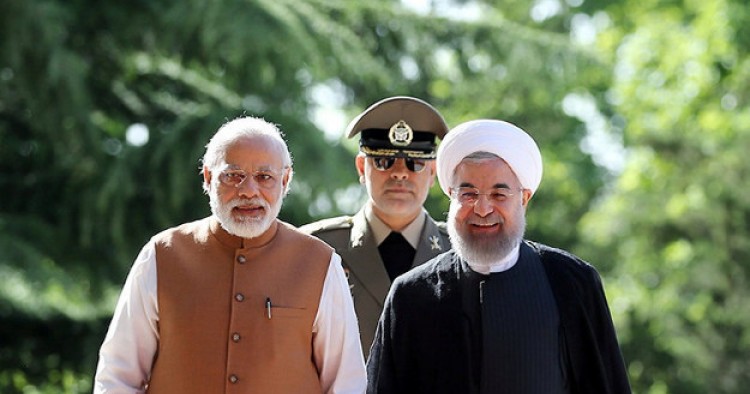Read the full article on The National Interest.
The last few weeks has seen a flurry of important announcements in Iranian-Indian relations. It is usually the commercial transactions that capture most of the headlines, but the potential for closer ties between these two states runs much deeper.
In fact, both Tehran and Delhi have long eyed each other as befitting strategic partners that together can link up the subcontinent and west Asia in ways unseen before. And now the promise of a couple of major energy and transportation projects can provide the much-delayed impetus to push ahead.
Post-Sanctions
The lifting of much of the international sanctions regime on Iran following its July 2015 nuclear agreement with world powers removed a key obstacle in Tehran’s efforts to free itself from global economic isolation. While it is Iran’s growing dealings with Western states and companies that the media attention is typically fixed on, Tehran’s wooing of Asian states such as India is no less momentous.
Steps are presently being taken to clear the path of large-scale commercial tie-ins. For example, it emerged on 1 November that after much delay, Delhi has finally paid Iran $6 billion in outstanding debt. The debt was for Indian oil imports, which Delhi argued it could not pay due to global banking sanctions on Tehran.
The Iranians, never much convinced about how hard Delhi was sincerely trying to reimburse them, nonetheless didn’t let the issue to cloud their long-view on India.
The Middle East Institute (MEI) is an independent, non-partisan, non-for-profit, educational organization. It does not engage in advocacy and its scholars’ opinions are their own. MEI welcomes financial donations, but retains sole editorial control over its work and its publications reflect only the authors’ views. For a listing of MEI donors, please click here.













